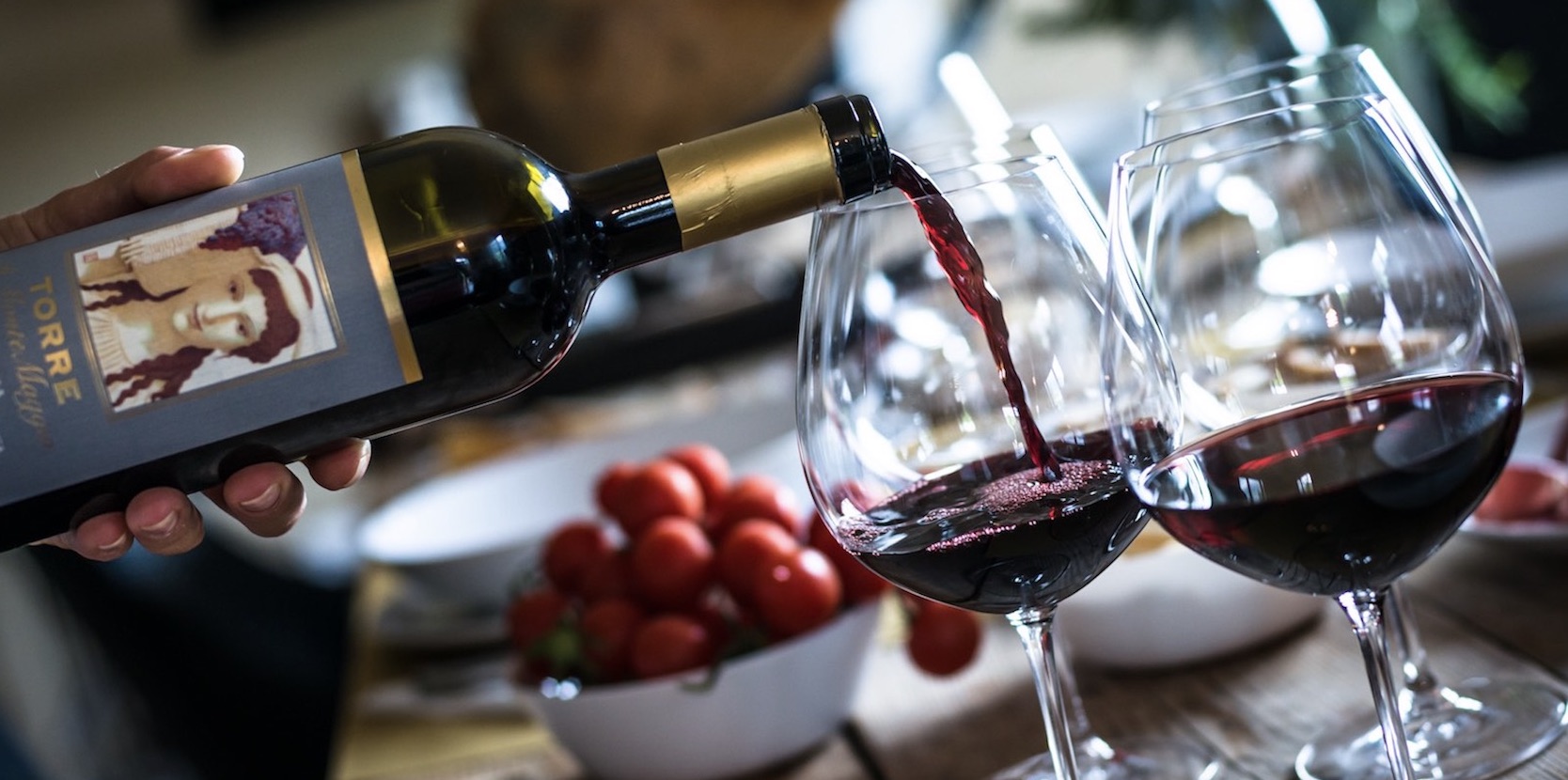
Chianti Classico is one of the most famous and expensive wines in the world, as well as being one of Italy’s oldest wine regions. It lies between Florence and Siena—virtually on top of what used to be the Etrurian city-state of Chiesa—and produces no less than 700 million litters per year.
Where is sourced from?
The vast majority of it comes from vineyards within Castellani in Chianti (the eponymous village), Rada, Gayle, and Barbering Val D’Elsa—all places that appear in Dante’s Divine Comedy. This has led many people to believe that this area produces some kind of magic elixir that helps poets write beautiful poetry without really trying.
Historical mentions of Chianti wine
The first time that Chianti was mentioned in writing was on a document from 996, where Castellina gave the Medici family a few hectares of land and permission to produce wine here (which they later sold for millions).
Other than that, not much is known about its early history. While most people assume that it has been entirely unchanged over the years—and believe them when they describe something as “old-fashioned” or “ancient”—modernization has actually played an important role in this area since at least 1914.
What is it made from?
Chianti Classico can only be made with 100% Sangiovese grapes, which are usually harvested by hand between late September and early October; earlier than the rest of Italy because temperatures are milder here. Once obtained, the grapes must be dried down before fermentation is started (an extra-long process) and they also have to stay in contact with their skins for a very long time.
At this point, some people think that Chianti Classico tastes better if it’s left on its lees (dead yeasts/nutrients), but most producers choose to use modern technology and filter out any sediment immediately after bottling. We suggest that you should buy chianti wine at Montemaggio!